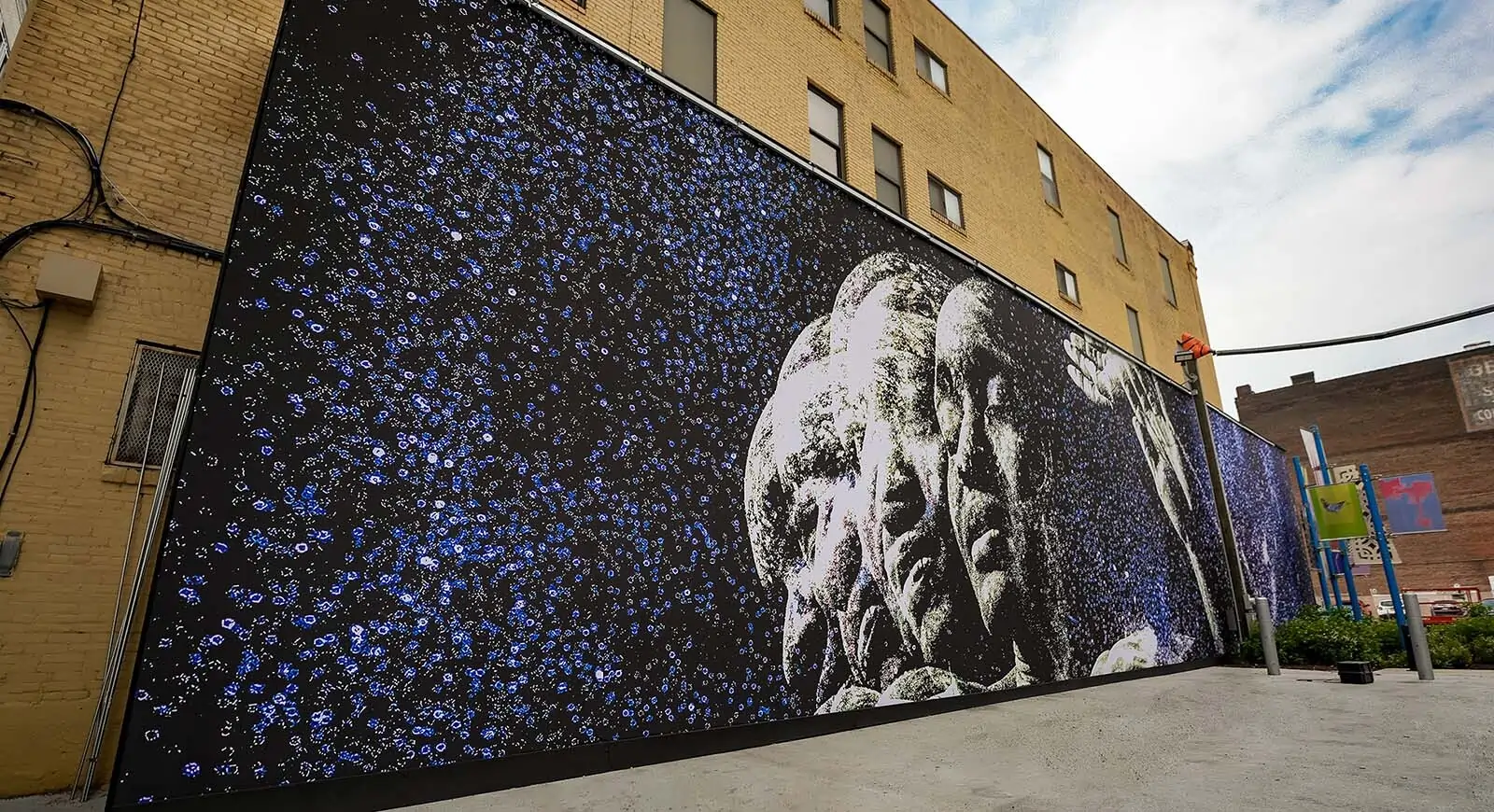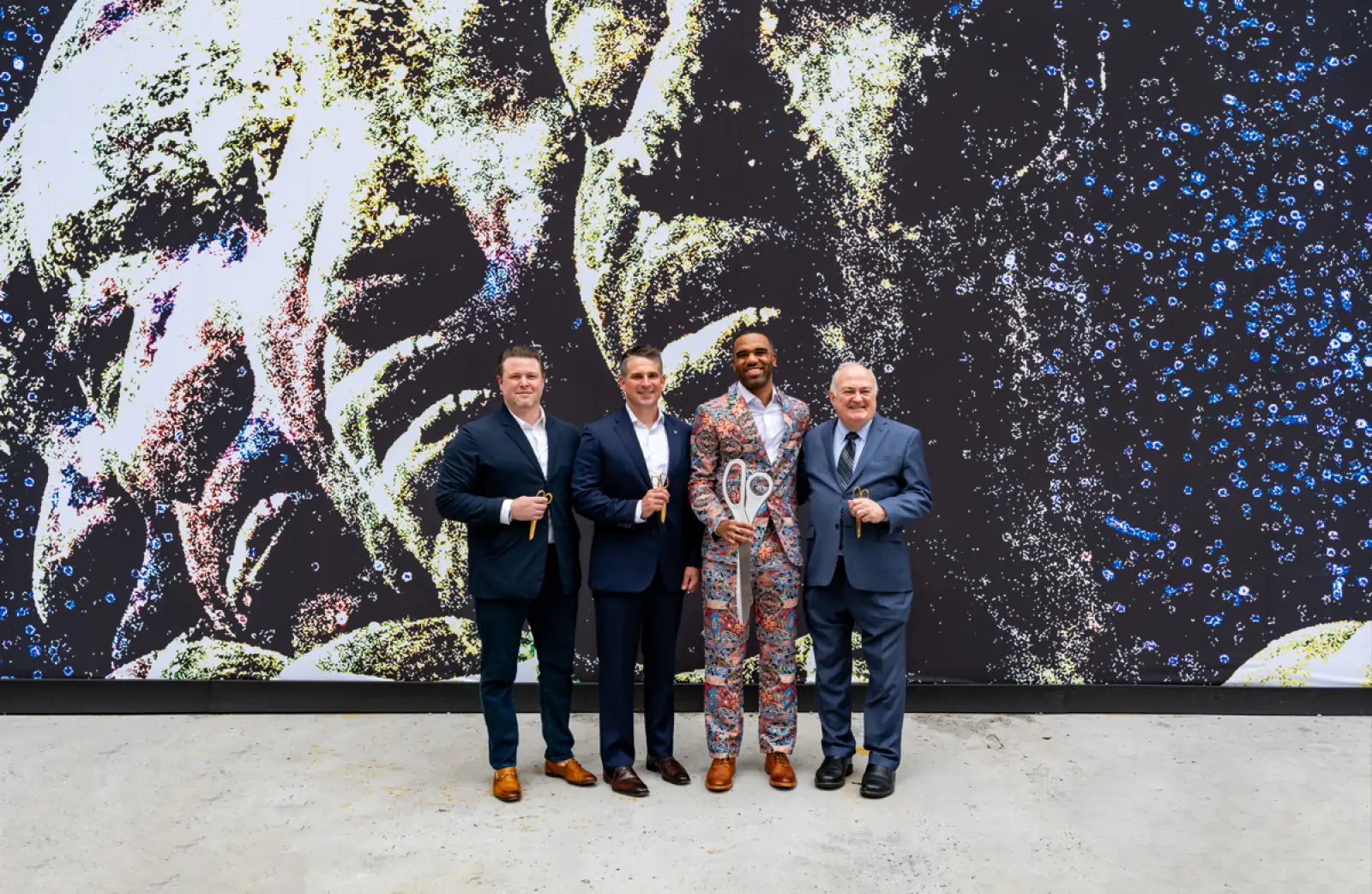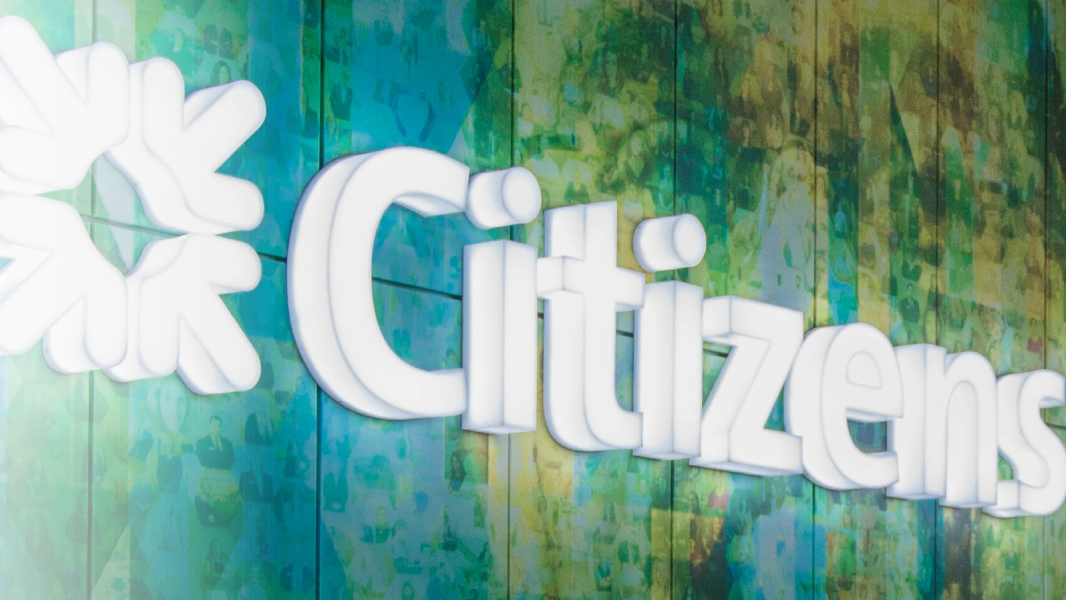The Andy Warhol Museum is making the North Shore pop

Looking around The Pop District in Pittsburgh’s North Shore, you'll sense a merging of past and present. After all, Pittsburghers love telling you about a building's history, embracing the structure's past lives as if they were ancestors.
Following the steel mill collapse in the 1980s, Pittsburgh had to reimagine its identity. For decades, it had turned molten pig iron into steel, but the city needed to demonstrate its own true strength under pressure. As unemployment grew, Pittsburgh took a chance on new ways to spur economic growth, rediscovering roots rich in culture, the arts and the ability to adapt to changing times and attitudes.
For instance, plans for The Andy Warhol Museum were laid out in the early 1990s, and the building selected for it had led a previous life as a distribution center for mill and mine products. Like Warhol himself, Pittsburgh is a city renowned for its ability to repurpose and upcycle—to take something mundane, like a Campbell soup can or a vacant building, and elevate it with a fresh perspective.
And that's exactly what the museum is doing now with the creation of The Pop District, transforming the North Shore neighborhood through the power of arts, creativity and economic development.
The Pop District takes center stage
Through the creation of The Pop District, the museum will contribute to Pittsburgh's journey as a burgeoning arts and culture destination, shooting for $100 million in annual economic impact. And—like everything in Pittsburgh—the location comes with a history. Once an unused alley, The Pop District's Silver Street space serves as a pedestrian-only location for performances and events.
The new Pop Park, once an abandoned site, is also finding new life as a green space for future art. Citizens, an institution with a long history of community and workforce development support throughout the region, has partnered with The Andy Warhol Museum to sponsor a creative installation by local artist Mikael Owunna. Owunna, president of Pittsburgh's Public Art and Civic Design Commission, says they're looking forward to all The Pop District has in store for the area.
"I am ecstatic to work with The Andy Warhol Museum on this commission for The Pop District, and it's particularly meaningful to me as a queer artist from Pittsburgh," says Owunna. "I took inspiration from Warhol's layered silk screen techniques to create a piece entitled Anatomy of the Human, which presents the four spiritual elements of the human soul as described in West African Igbo spiritual science. I cannot wait for the public to see this work and for everything to come at The Pop District."

Pittsburgh's steady focus on arts & culture
The Pop District continues Pittsburgh’s focus on arts and culture, a scene that’s been growing over the last several decades. Just around the corner in the North Side resides the Children's Museum of Pittsburgh, located in the former Allegheny Post Office, which opened around the time that steel mills started to leave. Nearby, Barbara Luderowski had purchased the defunct Stearns & Foster mattress factory and turned it into a contemporary art museum, appropriately titled the Mattress Factory. From there, just a short walk down Jacksonia Street takes you to Randyland, the ultimate in repurposed Pittsburgh art and one of America's most popular—and colorful—public art installations.
These locations marked the start of Pittsburgh 2.0, allowing art and new ideas to flourish in forgotten facilities, and that vibrancy carries on.
As you're leaving downtown Pittsburgh on the Veterans Bridge, you'll spy on your right Jeremy Raymer's mural of baseball player Roberto Clemente, which takes up the entire side of Verdetto's Bar & Restaurant. When you take a walk from the North Shore across the Clemente Bridge, you might be stopped by Keep Pittsburgh Dope creator and photographer Chancelor Humphrey, who may give you your 15 minutes of fame on his social media account that showcases the best in Pittsburgh fashion and people.
Keeping creative energy in the community
The Andy Warhol Museum strives to ensure the next Andy Warhol doesn’t need to leave Pittsburgh to become Andy Warhol. To help fuel this goal and support emerging artists, Citizens has committed $350,000 to support The Pop District’s public art program and its workforce development fellowships through The Warhol Academy.
Brendan Coughlin, Vice Chairman and Head of Consumer Banking at Citizens, says, “By joining forces with The Andy Warhol Museum, a beacon of artistic innovation, we look forward to fostering the creativity and diversity that will contribute to the continued growth of Pittsburgh’s cultural infrastructure and economic development.”
Through The Warhol Academy, talented local creators are given fellowship opportunities to enhance their skills, explore their potential and contribute to the cultural fabric of the region. With Citizens' support, the academy offers 28 new fellowships for talented individuals across digital content creation, filmmaking and post-production.
The Pop District also houses The Warhol Creative, a boutique, in-house content creation agency that lets youth work alongside professional production teams to create media in the heart of the city.
Through initiatives like these, Warhol's spirit and influence will continue to inspire a new generation of Pittsburgh artists. Warhol left Pittsburgh early in his career for New York to become a once-in-a-lifetime artist, but now, other creatives like him will have an abundance of opportunities to live, work and create here in his hometown.
Related topics

Community
Strengthening the communities where we live and work. That's what Citizens Helping Citizens is all about.

Diversity, Equity & Inclusion
Learn about our commitment to diversity and inclusion, specifically in the areas of employment and suppliers.

Corporate Responsibility
Our commitment to continual environmental, social and governance (ESG) progress is woven into the fabric of our business, as we work to create a thriving, sustainable, inclusive future for all of our stakeholders.
© Citizens Financial Group, Inc. All rights reserved. Citizens Bank, N.A. Member FDIC
Disclaimer: The information contained herein is for informational purposes only as a service to the public and is not legal advice or a substitute for legal counsel. You should do your own research and/or contact your own legal or tax advisor for assistance with questions you may have on the information contained herein.
